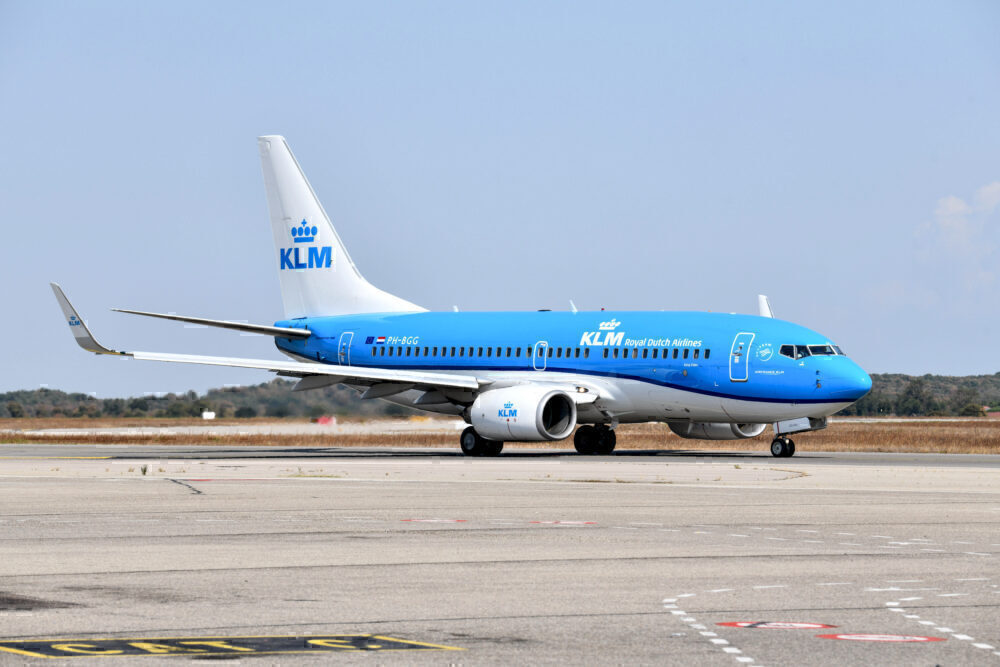Canadian North president and CEO Chris Avery has shared that his airline is expecting three Boeing 737-700 aircraft this summer. The carrier plays a crucial role in serving communities across Nunavut and the Northwest Territories, and it is now is looking to make the most out of the unexpected opportunities brought about by the pandemic, by upgrading its fleet.

Overcoming the challenges
Boeing 737s make up the biggest portion of Canadian North’s fleet. The airline has a mix of -200, 200C -300, -300(QC), -400, and -400C aircraft in its holdings. Despite the diverse range of 15 737s, the carrier is interested in upgrading amid sustainability and efficiency targets.
In a talk with CAPA Live, Avery highlights that the industry conditions before the pandemic made it a challenge for his airline to get hold of an aircraft such as the 737-700. The 737 MAX was grounded, and passenger demand was at an all-time high across the continents. So, getting hold of a -700 at a suitable price was naturally a tough task.
Stay informed: Sign up for our daily and weekly aviation news digests.
Moreover, the regions that Canadian North serves generally have low populations. As Avery explains it, adding another flight to Clyde River is not the same as providing an extra service to Las Vegas. Therefore, the carrier has to be more reserved with its fleet renewals.

Ready to take the leap
Nonetheless, the pandemic caused a significant shift amid the downturn in passenger activity. So, the situation is allowing for the operator to transition.
“Getting hold of 737 NG aircraft was cost-prohibitive for us because our scheduled business is reliant on low utilization… we also have a sizable charter business in the West, specializing in workforce movement for the oil sands, and more recently, liquefied natural gas work in northern BC. And again, that’s low utilization flying because we’re flying for the customers when they want,” Avery told CAPA Live.
“… but because of COVID, we’re now able to access next-generation 737 aircraft at lower ownership costs, which are more fuel-efficient and better for the environment than the classic aircraft that we operate. So, we’re moving up the chain and moving up to more fuel-efficient aircraft.”

Keeping in communication
Canadian North also holds 13 ATR 42s. It also has a British Aerospace BAe 146, which it inherited from First Air. These turboprops are praised by airlines working in remote areas for their ability to take off and land in tough conditions.
Altogether, the airline in talks with ATR and Boeing about further renewing the fleet. The two manufacturers understand the economics of the airline. So, after the parties conclude on the right solution in the next chapter, there may be further additions this decade. Until then, Canadian North will be looking to put the 737 NG’s promoted superior, efficiency, reliability, and high-value returns to the test.
What are your thoughts about Canadian North’s fleet plans? Have you flown with the carrier over the years? Let us know what you think of the airline and its operations in the comment section.
[ad_2]
Source link


